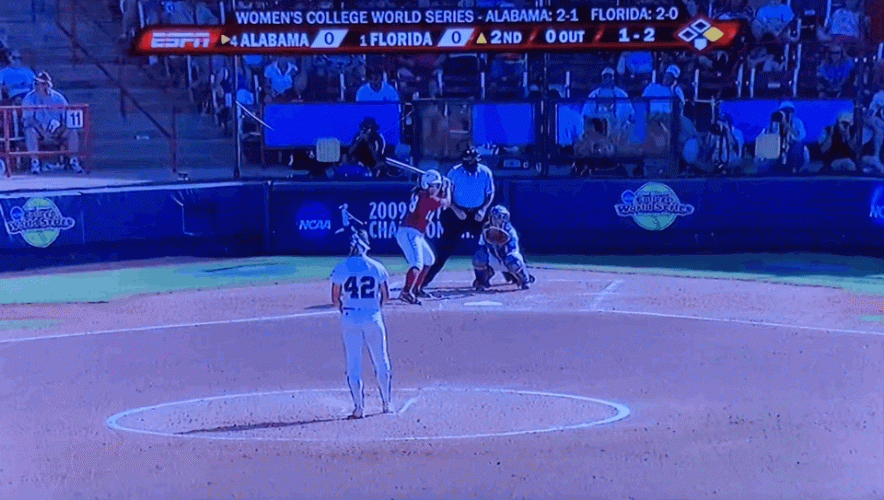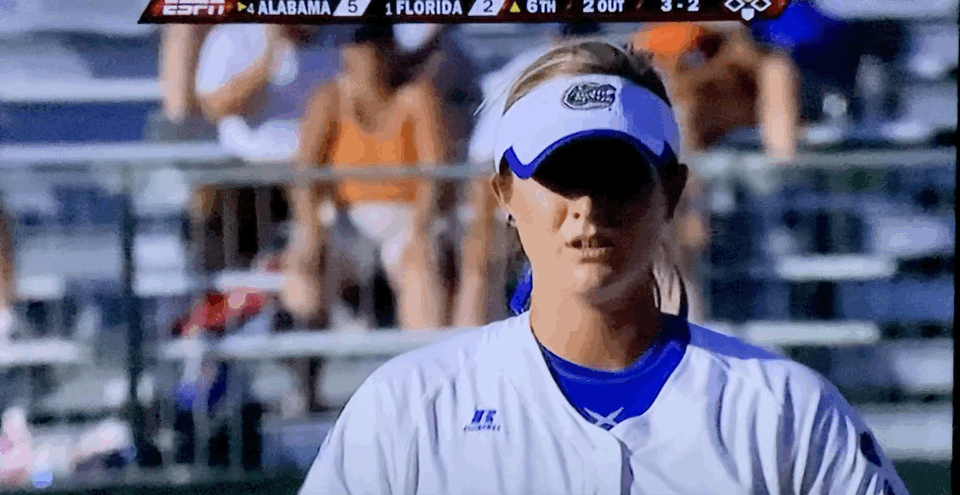My DD throws a "screwball". She kicks her butt out, steps slightly out and holds the ball on the horseshoe and spins the ball to the right(left for the catcher) it also has a slight rise. Her hand/arm movement is almost as if she is turning a door knob (opposite way) and pushing the door open. It's very effective and definitely breaks on the hands of a eighty batter. Her numbers and effectiveness as a pitcher have sky rocketed since learning this pitch. She throws a fast ball, curve ball, screw and change. Working on a drop(peel) but is having a hard time getting it down and leaves it over the middle too much for my liking to use in a game.
Sent from my Pixel 3a XL using Tapatalk
Sent from my Pixel 3a XL using Tapatalk







